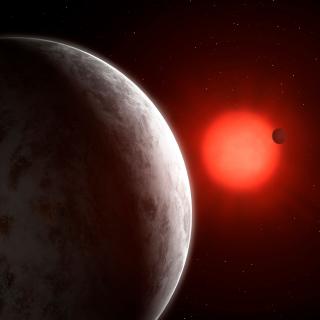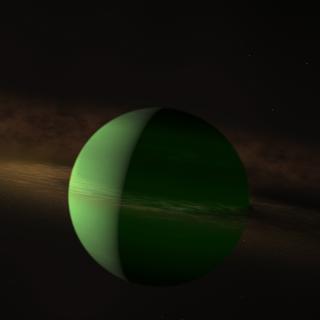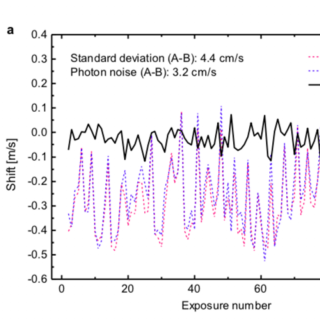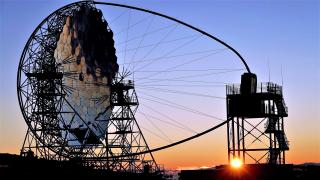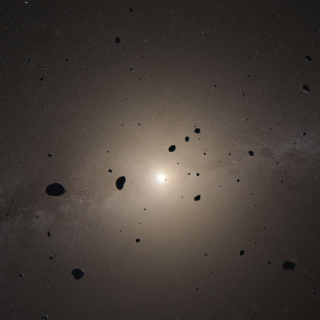
To celebrate Asteroid Day, which commemorates the impact of the Tunguska Fireball in 1908, several researchers from the Instituto de Astrofísica de Canarias (IAC) will participate in on-line chats to talk about the nature of these lesser bodies of the Solar System, and about the risk of impact on the Earth.
Advertised on
